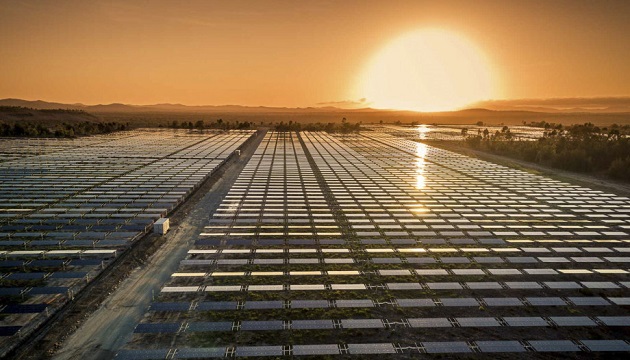As the global energy demand continues to grow along with atmospheric levels of carbon dioxide (CO2), there has been a major push to adopt more sustainable and more carbon-neutral energy sources. Solar/wind power and CO2 capture—the process of capturing waste CO2 so it is not introduced into the atmosphere—are two promising pathways for decarbonization, but both have significant drawbacks.
Solar and wind power is intermittent and cannot be deployed everywhere; CO2 capture processes are incredibly energy-intensive. Both of these pathways have benefits, but each on its own does not present a viable strategy at the moment. However, a research team led by Dr. Faruque Hasan, Kim Tompkins McDivitt ’88, and Phillip McDivitt ’87 Faculty Fellow and associate professor in the Artie McFerrin Department of Chemical Engineering at Texas A&M University, has uncovered a way to combine both of these processes together to increase the efficiency of both.
Much of Hasan’s research deals with synergy and synergistic effects in complex systems. Synergy is the combined effect of cooperative interactions between two or more organizations, substances, or other agents that is greater than the sum of their separate effects. To this end, Hasan examined the synergistic integration of renewables and flexible carbon capture with individual fossil power plants.
“We are addressing three things that each have pros and cons: fossil fuels are cheap, but they release a lot of CO2; CO2 capture is very beneficial for the environment, but it is prohibitively expensive; renewable energy sources such as wind or solar power are good for the environment, but the energy output is intermittent and variable,” Hasan said.
While each area presents significant challenges individually, Hasan and his research team have found a significant benefit when all the components are used in tandem. In a research paper published in Energy & Environmental Science, Hasan and his doctoral students Manali Zantye and Akhil Arora examined the use of synergistic integration of renewables and flexible carbon capture and found a significant benefit to efficiency and cost reduction.
“Despite the growing interest in sustainable renewable energy sources, their intermittent availability would make it difficult to completely replace the dispatchable fossil-based energy generators in the near future,” said Zantye, who is the first author of the paper.
CO2 capture is an energy-intensive process. Normally, this process runs alongside standard energy generation at power plants. As energy is generally priced on a demand basis, the use of CO2 capture processes during peak energy demand can quickly drive up operational costs to an unsustainable level. In this research, Hasan also found that utilizing a flexible CO2 capture system can greatly offset operational costs.
Normally, CO2 is captured into a large solvent tank and then removed in an energy-intensive process. In a flexible system, rather than removing the CO2 as it is introduced to the solvent, it can be stored for short periods of time and removed at non-peak times when the cost of power is lower. Further, by incorporating a renewable energy source, the cost of CO2 capture is offset even more.
According to Hasan, the synergistic framework presented in the research can dramatically improve the system beyond the component parts. “We have developed a computational framework to utilize dynamic operational schedules to manage all these very complex decisions,” he said. “Developing carbon capture technology is very important, but equally important is how you integrate them. The operational aspect of integration is very important. Our study shows that this can be done in such a way that renewables, fossil fuels, and carbon capture are all working together.”
According to Zantye, the proposed framework provides an effective decarbonization mechanism for the current fossil-dominated energy landscape as we transition to a more fully sustainable future.










